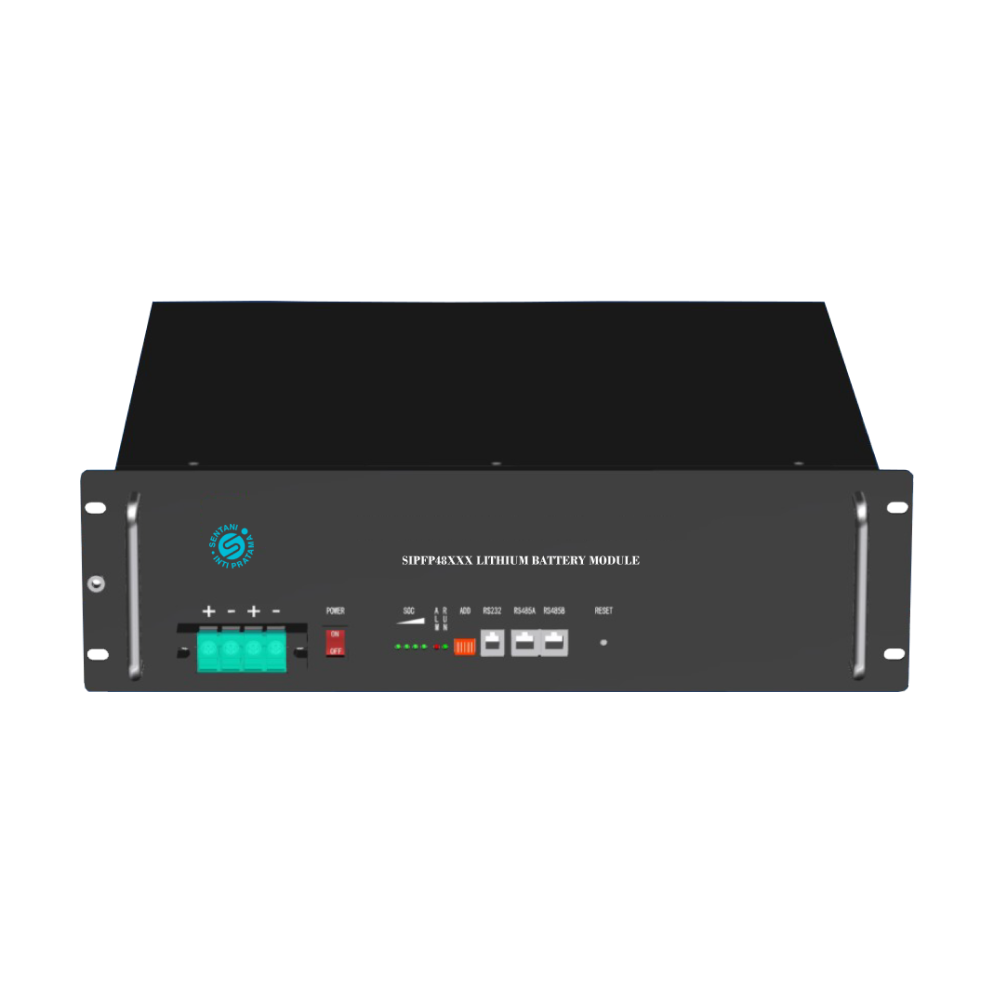Lithium Battery
The lithium iron phosphate battery (LiFePO4 battery) or LFP battery (lithium Ferrophosphate), is a type of lithium-ion battery using LiFePO4 as the cathode material, and a graphitic carbon electrode with a metallic backing as the anode. The LFP battery is low cost, low toxicity, well-defined performance, long-term stability, etc.
In the batteries, lithium ions move from the negative electrode through an electrolyte to the positive electrode during discharge, and back when charging. The batteries have a high energy density, no memory effect and low self-discharge. They can however be a safety hazard since they contain a flammable electrolyte, and if damaged or incorrectly charged can lead to explosions and fires
A cell is a basic electrochemical unit that contains the electrodes, separator, and electrolyte. Every cell has nominal 3.2 V output, four cells can be placed in series for a nominal voltage of 12.8 V. This comes close to the nominal voltage of six-cell lead-acid batteries. A battery or battery pack is a collection of cells or cell assemblies, with housing, electrical connections, and possibly electronics for control and protection
Because of the Along with the good safety characteristics of LFP batteries, this makes LFP a good potential replacement for lead-acid batteries in applications such as automotive, utility scale stationary applications, solar applications and backup power however it must be provided with well-designed charging systems that are adapted not to damage the LFP cells through excessive charging voltages (beyond 3.6 volts DC per cell while under charge), temperature-based voltage compensation, equalisation attempts or continuous trickle charging.






